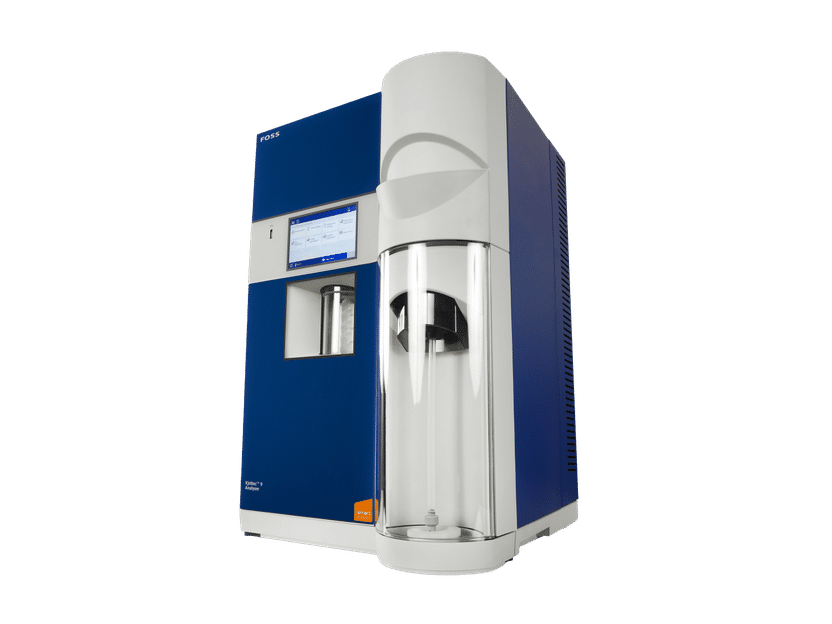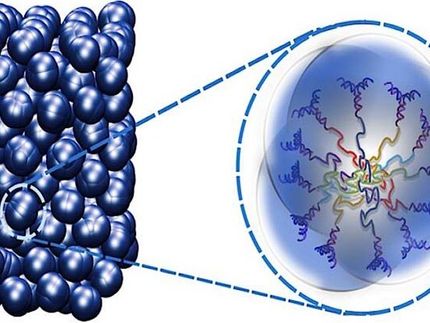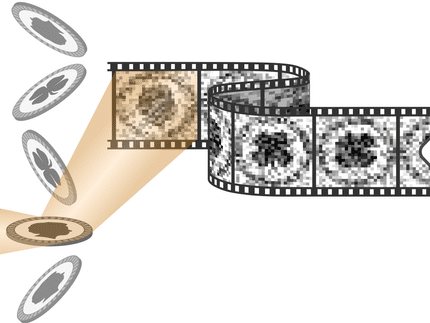Induced flaws in metamaterials can produce useful textures and behavior
Discovery advances the understanding of structural defects and their topological properties
While a piece of paper is usually flat and floppy, the same piece of paper crumpled into a wad is stiff and round. This demonstrates that scrunching changes the texture and behavior of precisely the same material -- paper.

TanteTati, pixabay.com, CC0
A new Tel Aviv University study shows how induced defects in metamaterials - artificial materials the properties of which are different from those in nature - also produce radically different consistencies and behaviors. The research has far-reaching applications: for the protection of fragile components in systems that undergo mechanical traumas, like passengers in car crashes; for the protection of delicate equipment launched to space; and even for grabbing and manipulating distant objects using a small set of localized manipulations, like minimally invasive surgery.
"We've seen non-symmetric effects of a topological imperfection before. But we've now found a way to create these imperfections in a controlled way," explains Prof. Yair Shokef of TAU's School of Mechanical Engineering, co-author of the new study. "It's a new way of looking at mechanical metamaterials, to borrow concepts from condensed-matter physics and mathematics to study the mechanics of materials."
The new research is the fruit of a collaboration between Prof. Shokef and Dr. Erdal Oğuz of TAU and Prof. Martin van Hecke and Anne Meeussen of Leiden University and AMOLF in Amsterdam. The study was published in Nature Physics. "Since we've developed general design rules, anyone can use our ideas," Prof. Shokef adds.
"We were inspired by LCD-screens that produce different colors through tiny, ordered liquid crystals," Prof. Shokef says. "When you create a defect -- when, for example, you press your thumb against a screen -- you disrupt the order and get a rainbow of colors. The mechanical imperfection changes how your screen functions. That was our jumping off point."
The scientists designed a complex mechanical metamaterial using three-dimensional printing, inserted defects into its structure and showing how such localized defects influenced the mechanical response. The material invented was flat, made out of triangular puzzle pieces with sides that moved by bulging out or dimpling in. When "perfect," the material is soft when squeezed from two sides, but in an imperfect material, one side of the material is soft and the other stiff. This effect flips when the structure is expanded at one side and squeezed at the other: stiff parts become soft, and soft parts stiff.
"That's what we call a global, topological imperfection," Prof. Shokef explains. "It's an irregularity that you can't just remove by locally flipping one puzzle piece. Specifically, we demonstrated how we can use such defects to steer mechanical forces and deformations to desired regions in the system."
The new research advances the understanding of structural defects and their topological properties in condensed-matter physics systems. It also establishes a bridge between periodic, crystal-like metamaterials and disordered mechanical networks, which are often found in biomaterials.
The research team plans to continue their research into three-dimensional complex metamaterials, and to study the richer geometry of imperfections there.
Original publication
Original publication
Organizations
Other news from the department science

Get the chemical industry in your inbox
By submitting this form you agree that LUMITOS AG will send you the newsletter(s) selected above by email. Your data will not be passed on to third parties. Your data will be stored and processed in accordance with our data protection regulations. LUMITOS may contact you by email for the purpose of advertising or market and opinion surveys. You can revoke your consent at any time without giving reasons to LUMITOS AG, Ernst-Augustin-Str. 2, 12489 Berlin, Germany or by e-mail at revoke@lumitos.com with effect for the future. In addition, each email contains a link to unsubscribe from the corresponding newsletter.
Most read news
More news from our other portals
Last viewed contents
Zajacite-(Ce)

More efficient battery recycling thanks to mathematical modelling - Recovering valuable raw materials with less effort
Walther_Nernst
Salvage_enzyme
Chemosensor
Electrical_discharge_machining
ATP-binding_cassette_transporter
Fennel
Conivaptan
Photothermal_effect
Chou-Fasman_method





























































